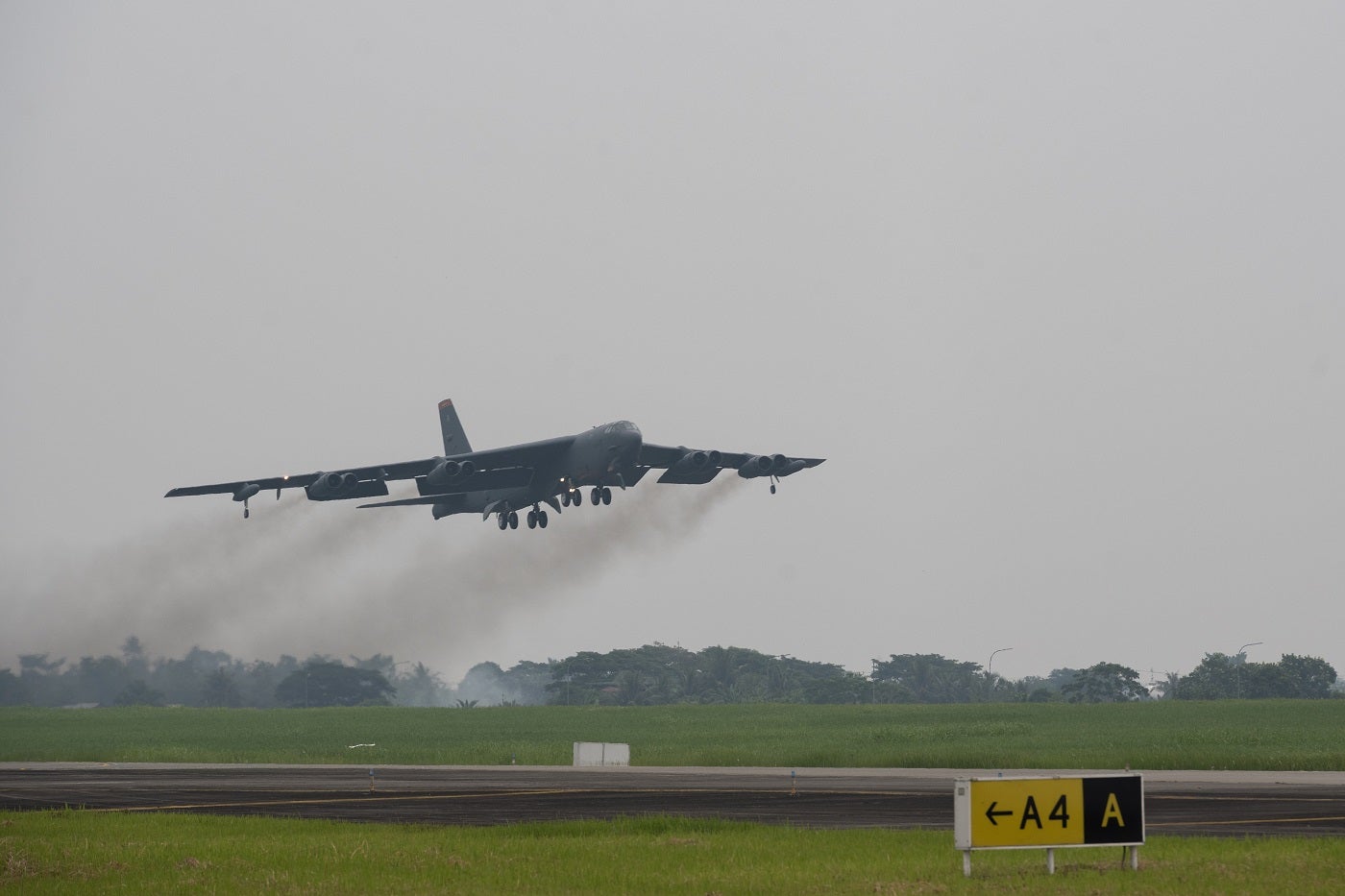
The United States Air Force (USAF) successfully concluded a bilateral interoperability exercise in Indonesia, featuring the deployment of two B-52H Stratofortress bombers.
Led by US Air Force Captain Justin Kinker, the 23rd Bomb Squadron weapons officer, over 60 Airmen from the 5th Bomb Wing at Minot Air Force Base, North Dakota, actively participated in the exercise. Supported by various US Pacific Air Forces units, the week-long exercise aimed to foster collaboration between the US and Indonesian air forces.
Deployment for Regional stability
Captain Kinker expressed his excitement at being part of this significant event, stating, “It’s exciting to be a part of this historic milestone. Everyone on our team is very proud to have had a hand in this.”
The exercise allowed the exchange of tactics, techniques, and procedures specific to each nation’s aircraft, strengthening the ability of both air forces to work together effectively.
The primary goal of the exercise was to promote regional stability through cooperation, enhancing mutual understanding, and building on the already strong partnership between the United States and Indonesia.
Captain Kinker emphasized the importance of this collaboration, stating, “Enhancing interoperability between US and Indonesian air forces contributes to the long-term advancement of our nations’ shared interests. This was a great opportunity for us to train alongside our partners to bolster our collective ability to support a free and open Indo-Pacific.”
Following the successful completion of the exercise, the B-52 bombers and the 5th Bomb Wing Airmen have departed Indonesia and are currently supporting a Bomber Task Force deployment at Andersen Air Force Base in Guam. This deployment underscores the US commitment to maintaining a presence and upholding stability in the Indo-Pacific region.
One of the world’s most dynamic and strategically important regions
The deployment of B-52s to Guam comes as tensions rise in the Indo-Pacific, necessitating a heightened state of military readiness. The region has become a hotbed for geopolitical tension, with the US, its allies, and partners closely monitoring the behaviour of countries that act contrary to the “Rules-based Order,” which aims to maintain a free and open Indo-Pacific.
The USAF’s B-52H Stratofortress, known for its long-range capabilities and versatility, plays a role in projecting US power and deterrence in the Indo-Pacific. With its deployment in Indonesia, the United States has demonstrated its commitment to strengthening regional partnerships in one of the world’s most dynamic and strategically important regions.
According to GlobalData’s “US Defence Market 2022-2027” report, maintaining ties in the Indo-Pacific region is of great strategic value to the US Armed Forces as they look to counter Chinese military expansion and protect allied states such as Taiwan.
While the B-52H remains an ageing fleet, the US Air Force has initiated a radar modernization program for its B-52 fleet, reflecting its commitment to maintaining a technologically advanced and capable strategic bomber force.
The deployment of B-52s in Indonesia and ongoing modernization efforts showcase the United States’ dedication to safeguarding the Indo-Pacific region and strengthening regional partnerships.
As the bilateral interoperability exercise concludes, the US and Indonesian air forces have enhanced their ability to cooperate effectively. The deployment of B-52s in Indonesia serves as a testament to the shared commitment of the United States and Indonesia to safeguarding the Indo-Pacific region.



